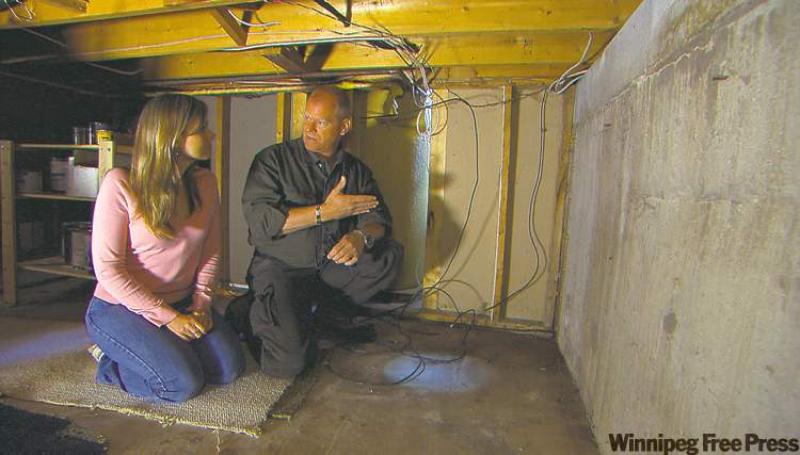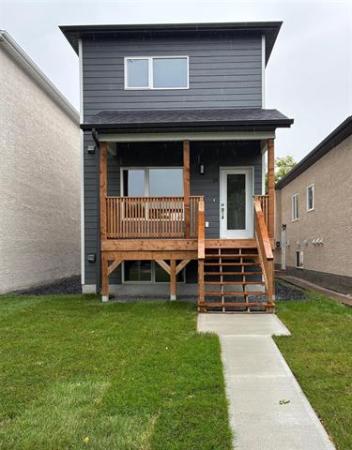Every year when the snow melts, it turns to water. And that water has to drain somewhere.
When we have a rapid spring thaw, you'll often see yards suddenly become lakes. The snow has melted and has no way to percolate down below the surface. That's because the subsoil is still frozen, so the water has nowhere to go.
The soil right next to your house and foundation will thaw more quickly than soil out in the middle of your backyard. That's because there is heat emanating from your house. So that soil right around your house will open up first.
Since water will always flow downhill and it will follow the path of least resistance, the water will flow from the surface down. And, if there's any way it can get into your basement because of bad grading or foundation problems, it will.
This natural flow of water is increased by the fact that, in order to build your house, they had to dig a big hole in the ground. This excavation disturbed soil that had been untouched for millennia. After your footings and foundation are complete, the builder backfills the hole around your house. You hope he's done a good job of installing weeping tile and making sure your basement is waterproofed.
But that soil is never as compact as it was before the excavation. It can't be, even if it's been tamped every few inches, and what builders will ever do that? None. It has more air pockets, which gives water an easier time of trickling down and gathering next to your basement walls.
Soil always contains moisture to some degree, depending on your climate. But, as you descend underground, away from the surface to the water table, it's saturated. If you dig a hole, it will fill with water. The water table varies, depending on different soils and regions. In some spots, it's quite close to the surface; in others, it's deep.
It also changes with the seasons, and in spring, it can be higher, thanks to the spring thaw.
The natural flow of groundwater might have been dammed up by the construction of your home. Now it pushes against your foundation and basement. Strong underground seepage can erode the soil under your footers and create serious structural problems. I once visited a home that had been undermined so badly the basement floor cracked and dropped by over a foot.
Your house sits in the soil like a boat; water is all around it and under it. This water exerts a lot of pressure on the walls and floor of your foundation. If there's a crack in your foundation, it will come in.
Or, with enough pressure, it can just seep in through the concrete itself. Concrete is porous; it's like a hard sponge. Water under pressure will be forced through those pores.
It will seep in through cracks that might have formed through foundation settling, pressure of tree roots, or even seams between sections of poured foundation walls.
It can also seep through the mortar joints between blocks and stones. The hollow concrete blocks can fill with water and that water can spill from one to the next (allowing groundwater to seep into your home at the weakest point), one that might be far from the water source itself.
If your water table is normally high, or if it's just seasonally high, there's not that much you can do about it; the water will be forced in. The psi of the hydraulic pressure on your foundation will depend on your soil type and the season, but it can be very strong.
If you have a crack in your wall, that can be fixed. If your foundation is sound and the seepage is caused by hydraulic pressure, that's a bigger problem. The only way to stop it is to stop the pressure, and how do you do that? You should excavate, if possible, and properly waterproof your foundation walls. You may need to install a sump pump to relieve the pressure. Of course, logically, you'd need to make sure the sump drains far away from your foundation so you aren't just recycling the same water.
Catch Mike in his new series, Holmes Inspection, airing Thursdays at 8 ET/PT on HGTV. For more information, visit www.hgtv.ca. For more information on home renovations, visit makeitright.ca.




